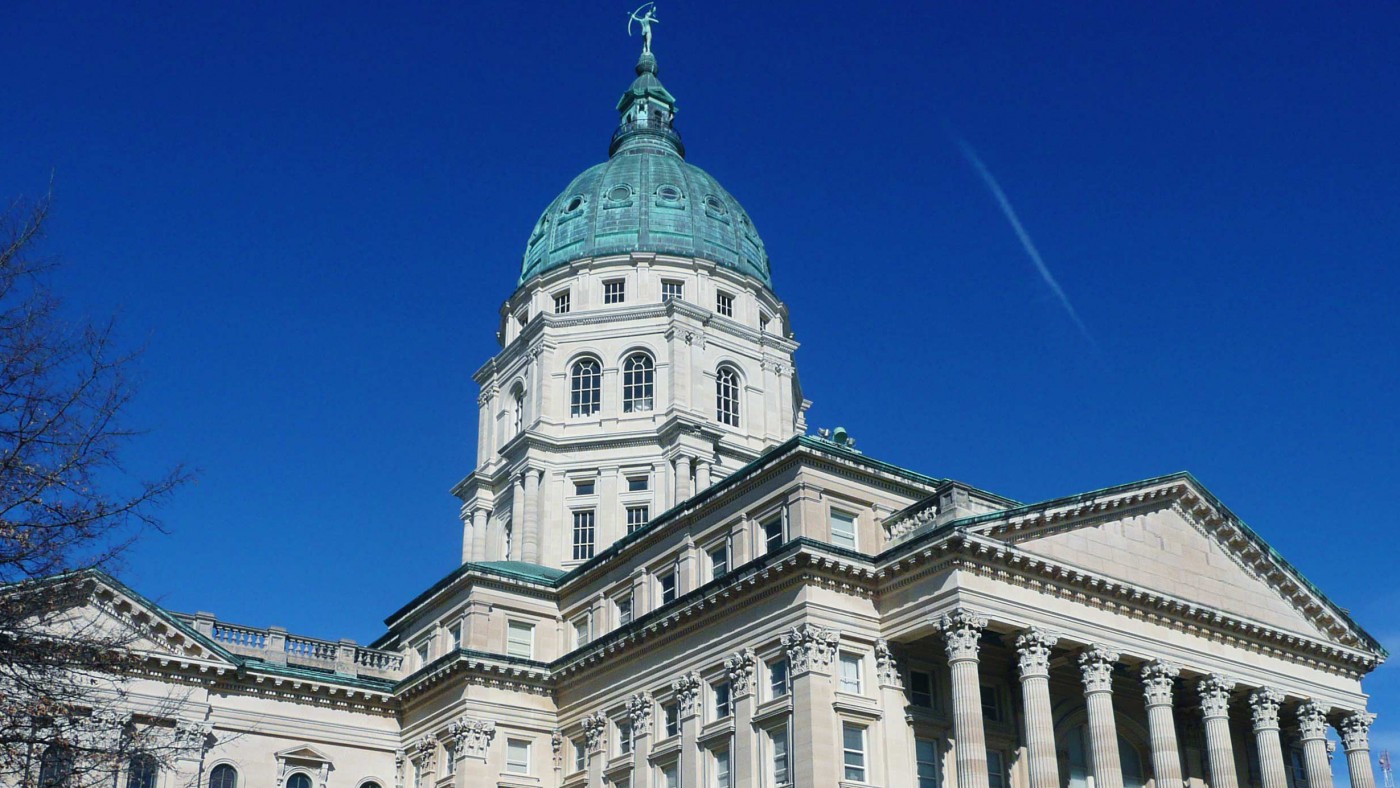In a scathing article this Monday, the New York Times has attacked recent free market tax reforms in Kansas. The state initiated two rounds of tax cuts in 2012 and 2013 – slashing 25% off the top rate and eliminating all taxes on business profits that are reported on individual income returns – a particularly unprecedented move. By 2018, the top rate, which was 6.45% in 2012, will have fallen to 3.9%.
The New York Times article claims that, because tax revenues have fallen for the last two years, the notion that tax cuts can stimulate economic growth is now a “disproven theory”. This is false. Much research has been undertaken into the relationship between tax and economic growth. Nearly every empirical study finds that high tax rates correlate with low economic growth.
The article also suggests that the Kansas tax cuts fundamentally cannot generate greater tax revenue. This is questionable.
Cutting tax rates does not necessarily yield greater tax receipts, but neither does increasing tax rates, the real question to ask is: what is the optimal level of taxation? The Khaldun-Laffer curve demonstrates this:
In the right circumstances it is clear that above the revenue maximising point the Government can reduce the tax rate to raise taxation.
Tax cuts can work to raise economic growth and tax revenue, but they can need time. In the UK, in 1988, the then-Chancellor of the Exchequer Nigel Lawson introduced similarly radical tax cuts in his Budget. Despite much protesting from his political opponents, Lawson increased the personal allowance rate by twice the rate of inflation, cut corporation tax from 27% to 25%, the top rate of tax from 60p to 40p and the basic rate from 27p to 25p.
Lawson’s budget had a remarkable impact on tax receipts, as demonstrated below:
| Share of total income tax liability | 1978-79 | 1981-82 | 1986-87 | 1999-00 | 2008-09 |
| Top 1% | 11% | 11% | 14% | 21% | 23% |
| Top 5% | 24% | 25% | 29% | 40% | 42% |
| Top 10% | 35% | 35% | 39% | 50% | 53% |
| Next 40% | 47% | 46% | 42% | ||
| Lower 50% | 18% | 19% | 16% | 12% | 12% |
| Top Rate of Tax | 83% | 60% | 60% | 40% | 40% |
Source: HMRC & OECD data, The Spectator analysis
Low tax rates can engender greater tax revenue and – as demonstrated by Kansas’ neighbour, Texas – prodigious growth. As noted in a recent Telegraph article by Jeremy Warner, in the last 15 years the 50-state average for private-sector job creation was 8%. Yet for Texas, (and others such as Florida and Nevada) a state that does not impose income tax, the rate of growth was 18.3% – compared to 5.6% for those states that do.
The NY Times goes on to claim that the Kansas tax cuts have led to a fall in spending on education and a fall in employment. The Kansas Policy Institute has refuted these points however. The think-tank demonstrates that spending on education has increased since 2012, that the number of private sector jobs has grown over the last six months, and that while private sector employment represented only 70% of Kansas’ income-taxing peers over the last fifteen years, as of the first half of 2014 the figure had risen to 91%.
Ultimately the NYT article insists that “only hope for real economic expansion is investment in public schools and colleges”. This is false. Economic expansion is derived chiefly from private sector innovation and investment. Evidence shows that given time, tax cuts can provide crucial incentives for growth activity.


